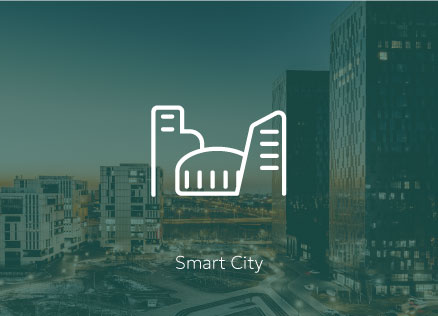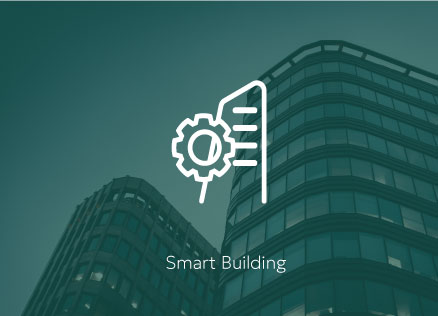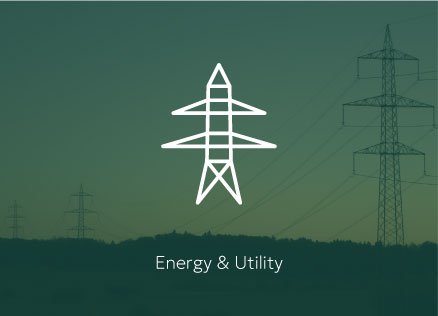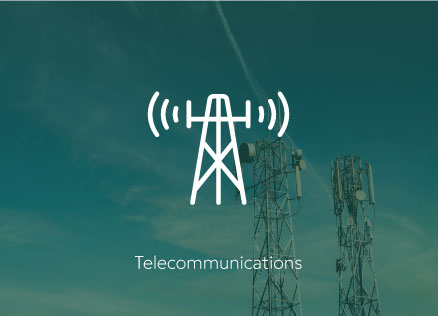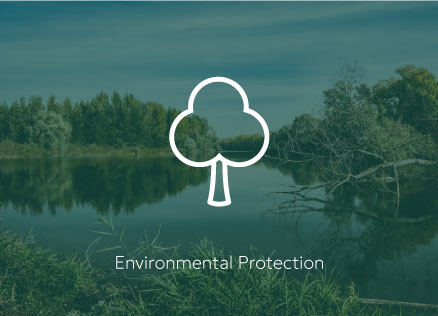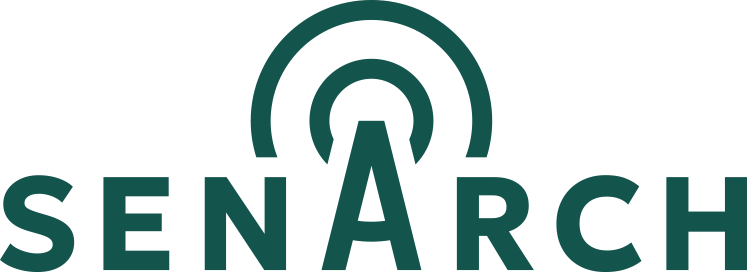
From measuring environmental conditions that influence crop production to tracking livestock health indicators, Internet of Things (IoT) technology for agriculture enables efficiencies which reduce environmental impact, maximize yield and minimize expenses. Smart agriculture use cases based on the
LoRaWAN standard have demonstrated significant improvements, such as a 50% water reduction for commercial farms. LoRa Technology’s long range, low power wireless qualities enable the use of low cost sensors to send data from the farm to the Cloud where it can be analyzed to improve operations.
Key benefits of using SenArch
- Off-grid wireless sensor connectivity anywhere.
- Faster and easier installation due to no cabling.
- Deployment flexibility due to the system modularity.
- Remote device management reduces operational complexity.
-
Going Solar means lower costs and greener operation.
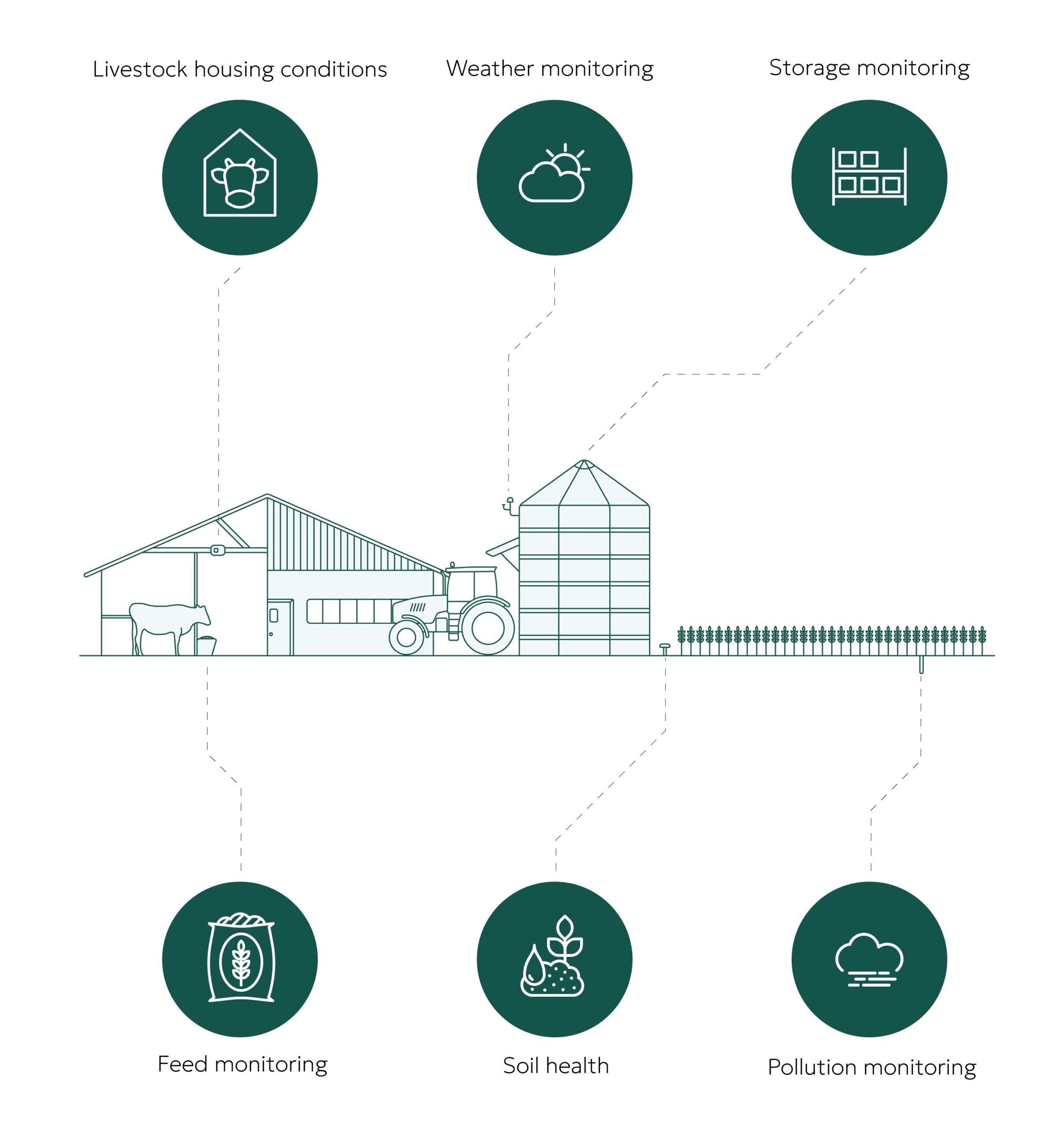
Farming & agriculture
In the last 50 years, we have witnessed major changes in agricultural processes leading to what we call “precision agriculture”, or Smart Farming. Precision agriculture means that animals get precisely the food, care or treatment they need at the right moment, determined with great accuracy thanks to the latest technology. Precision agriculture allows actions to be taken per square meter or even per plant for optimal production and sustainable crops.
In animal production, farmers have to increase their daily production with more environmentally friendly inputs and less manpower while ensuring less greenhouse gas emission, animal welfare, and answering the customer’s need for complete traceability and quality assessment from farm to fork. These complex demands cannot be met without the help of new technologies, such as the Internet-of-Things (IoT).
An entire farm can be served with a single SenArch solar-powered and off-grid LoRaWAN gateway that connects multiple types of LoRaWAN sensors, across 10 – 15 kilometers, and in remote and challenging environments.

